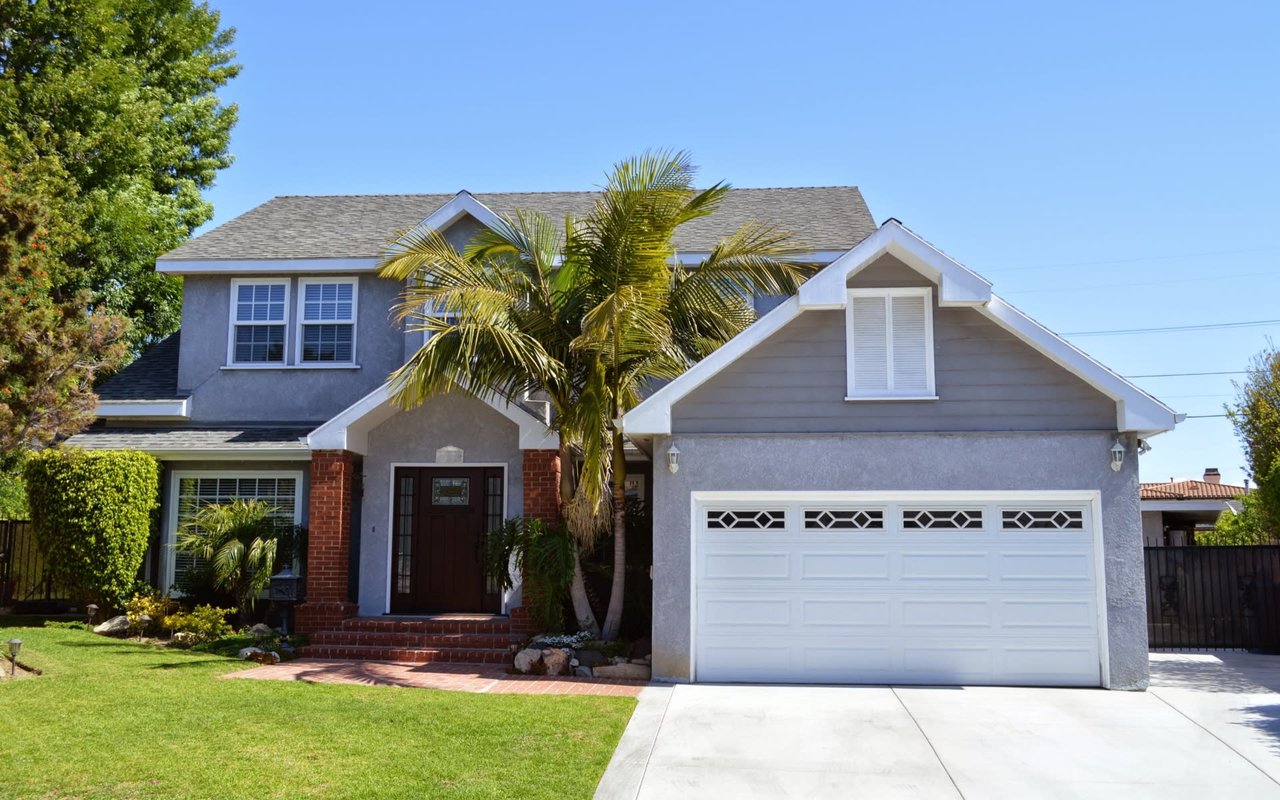
Before You Buy That Fixer-Upper, Read This
Noble Jaggi August 11, 2025

Noble Jaggi August 11, 2025
Existing Homes Are Now Outpricing New Construction—Here’s What That Means for You
For the first time in years, resale homes (yes, the charming older ones that might need a little TLC) are selling for more than brand-new builds.
Right now, the median price for an existing home is $429,400. For new construction? $410,800.
That’s an $18,600 gap—and not in the direction most people expect.
So if you’ve been assuming a resale would be the “cheaper” choice, it’s time to rethink things.
Let’s talk about why this is happening, what it means for you, and when a fixer-upper still makes sense.
For years, new homes were way pricier than resales. Between 2010 and 2019, the gap averaged about $66,000. Even in the last five years, it was still around $25,000.
But in mid-2024, that flipped—existing homes actually became more expensive than new construction, and here in 2025, that trend is holding strong.
New home prices: down 0.9% year-over-year
Existing home prices: up 1.7% year-over-year
A “needs work” home can be tempting—but with today’s market, that bargain might be an illusion. Here’s why:
Material & labor costs are still high. Prices haven’t returned to pre-pandemic levels. Lumber, roofing, and skilled trades all cost more than you think.
Contractor delays are real. Getting someone out for an estimate could take weeks (or months).
Hidden surprises are common. Old wiring, outdated plumbing, mold—you name it, I’ve seen it. And those “little” fixes can snowball fast.
Time is money. Every delay adds stress and carrying costs.
By the time you’re done, your “cheap” house may have cost more than a move-in-ready new build.
Builders are adjusting to the market—and it’s paying off for buyers. They’re:
Building smaller, more efficient floor plans
Choosing affordable land
Offering incentives like rate buydowns, closing cost help, and design upgrades
Because they operate at scale, they can keep prices competitive, even with higher material costs. That’s why new home prices are softening while resale prices keep creeping up.
There are times a fixer-upper is the right move:
You’re buying well below market value and the math checks out
You’ve got the budget, skills, and patience for a remodel
You want a neighborhood with no new construction options
You’re planning a full custom renovation and want total control
In today’s market, “older” doesn’t automatically mean “cheaper.” In fact, you could pay more for a home that still needs work than you would for a brand-new one with energy efficiency, modern layouts, and a builder warranty.
If you’re buying right now, the smartest move is to compare all your options—run the numbers, check incentives, and weigh the cost against your goals and timeline.
You might be surprised where the better deal really is.
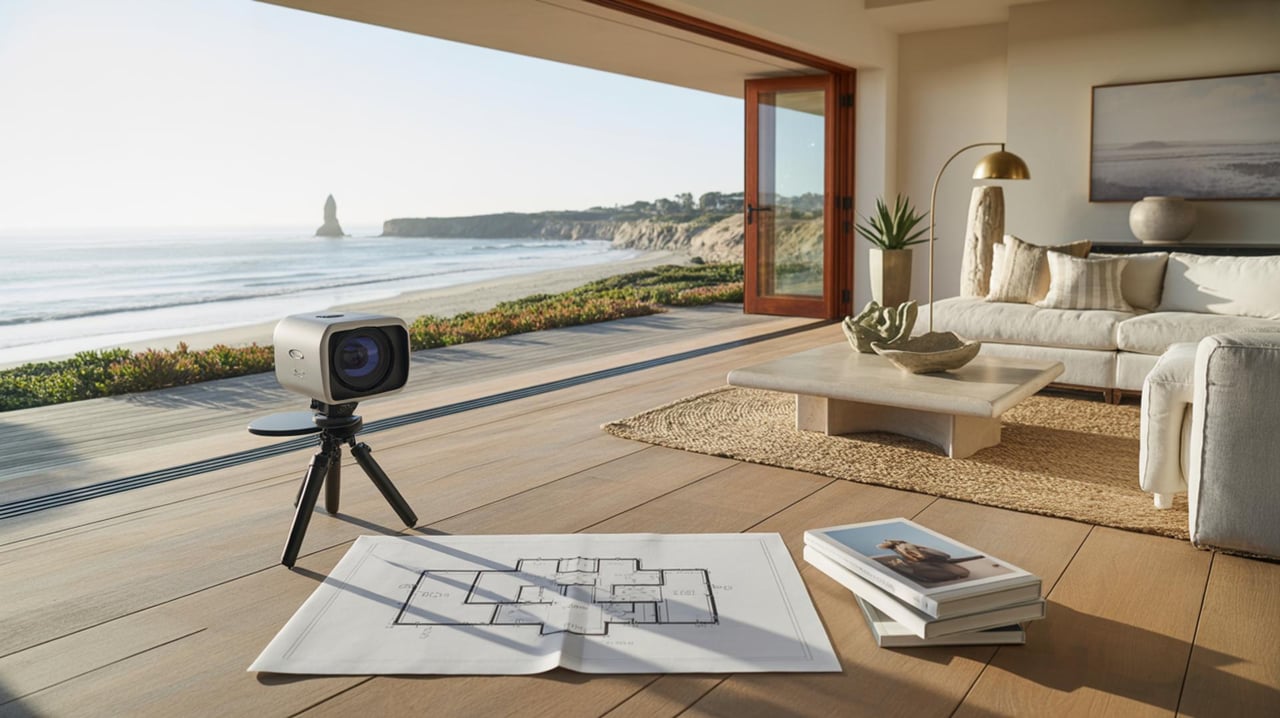
Real Estate
Enhance Your Home's Appeal with Innovative Technology
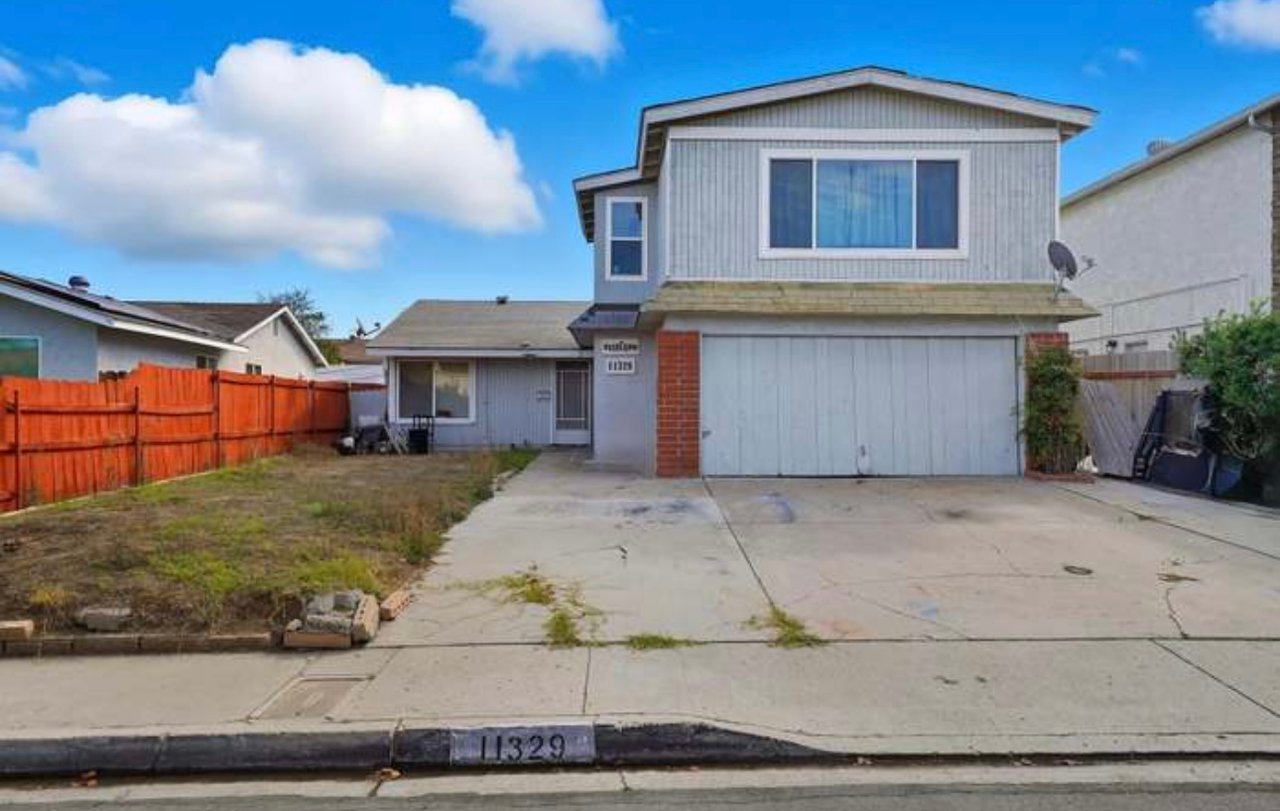
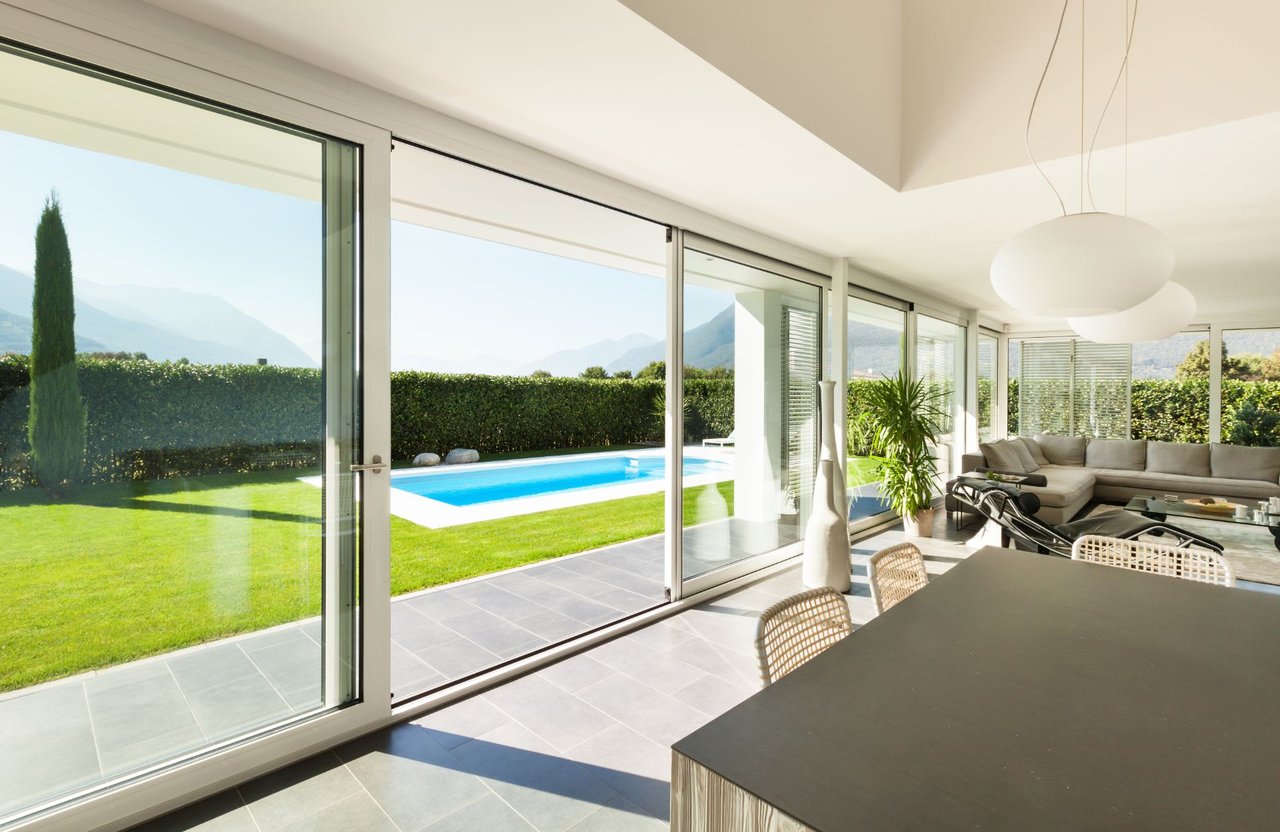
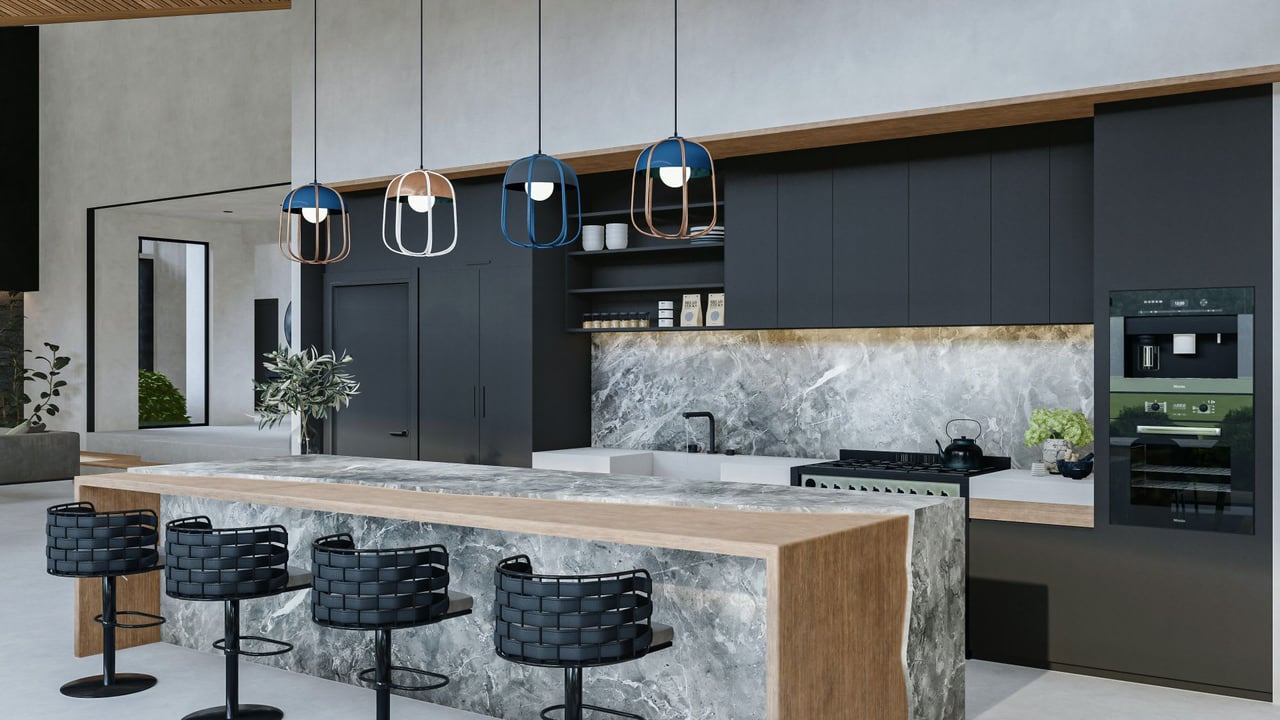
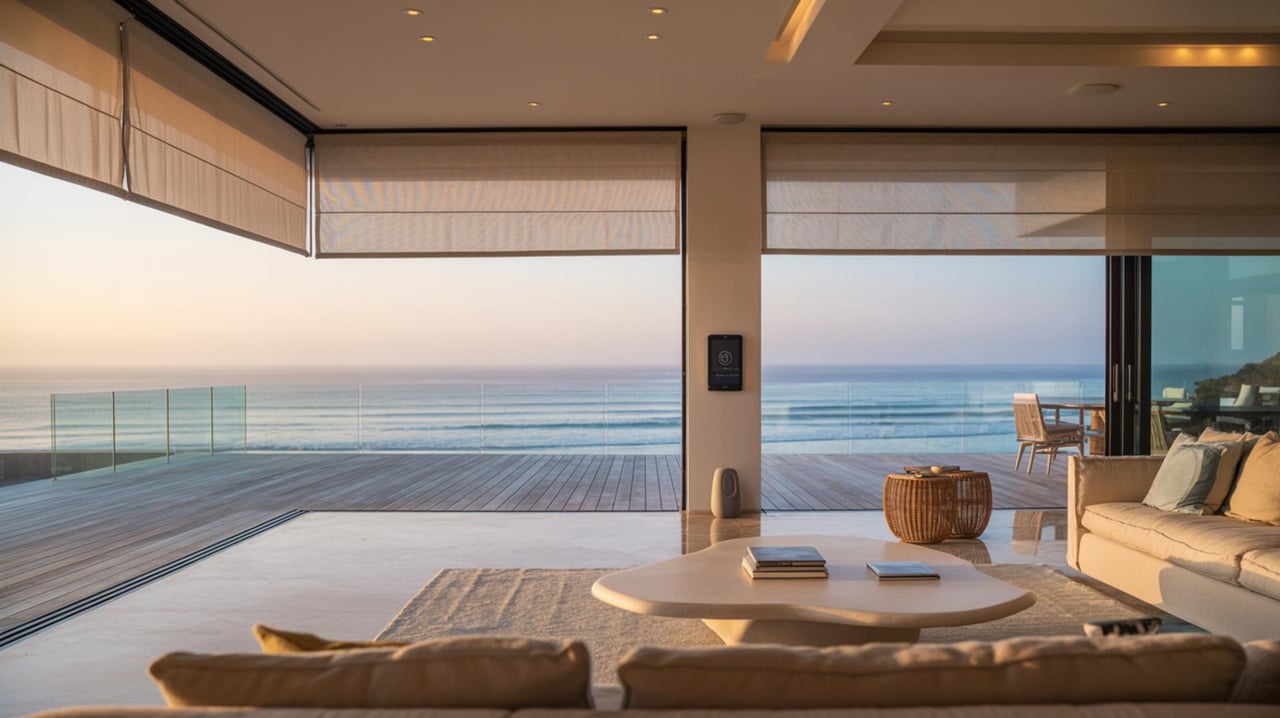
Real Estate
Top Smart Technologies to Enhance Your Solana Beach Home Experience

Real Estate

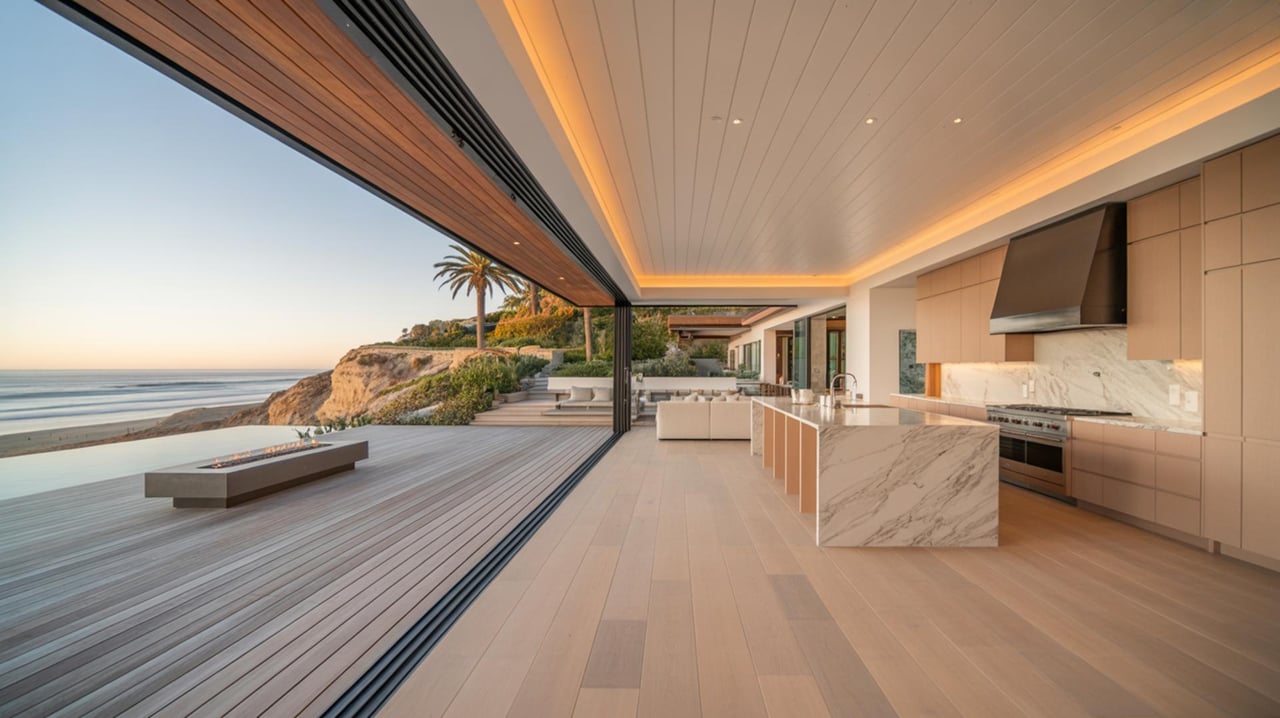
Real Estate
Master the Art of a Seamless Home Transformation in Del Mar

Real Estate
We're excited to connect with you and help you achieve your real estate goals. Whether you have questions about buying, selling, or investing, or you simply want to learn more about our services, we're here to provide the information and guidance you need. Let's connect today!